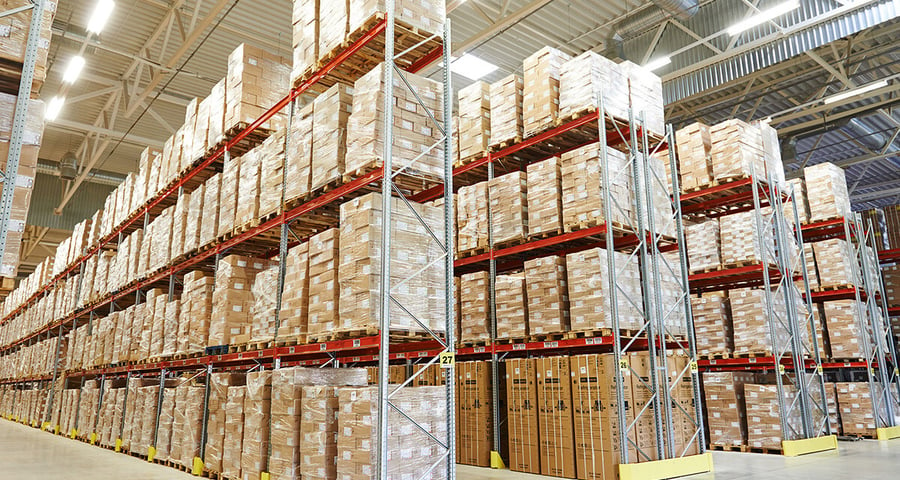Reducing Our Impact on the Planet Through Packaging Eco-Design
As the urgency to reduce our footprint on the planet grows, eco-design in packaging has become a top priority for both consumers and businesses.
Geneviève Dionne, Director of Eco-Design and Circular Economy at Éco Entreprises Québec , defines packaging eco-design as “the process of action, design, and creation of packaging that integrates environmental and social criteria.” It encompasses recyclability, material reduction, the inclusion of recycled content, and social considerations in the production of packaging.
Examples of eco-designed packaging include entirely cardboard strawberry baskets without plastic handles, cardboard makeup cases, and textile bags for sheets. These innovations span various sectors, such as food, cosmetics, and even furniture.
The Benefits of Eco-Friendly Packaging
Businesses gain numerous advantages by modifying their packaging, including cost reductions from lower volume and weight, optimized production processes, and an enhanced brand image with their customers. However, these changes require time for critical rethinking and a rigorous improvement process.
It is essential to avoid polarizing views, as every material has an environmental footprint along with advantages and drawbacks depending on the product’s characteristics. For instance, some items require specific barriers that only plastic can provide, such as preventing contamination or retaining moisture. Additionally, the potentially harmful, non-biodegradable components in cardboard containers should be addressed, as they add no real value to the packaging.
Innovations in packaging eco-design are abundant. For example, cardboard boxes for products like dishwasher pods are replacing traditional plastics, and black pigments are being abandoned in favor of the natural color of recycled resin containers. “We must guide consumers and our clients, as we aim to reduce the use of pigments and additives in our packaging, which presents another challenge for recyclability,” says Geneviève Dionne.
Support for Creating Eco-Designed Packaging
Éco Entreprises Québec provides advisory and training services to help businesses rethink their packaging. They offer diagnostics, analyses, and tests to evaluate recyclability and environmental impact.<
Before investing in packaging eco-design, it is crucial for companies to define their strategic objectives and involve all relevant internal stakeholders. Additionally, effective communication with consumers is essential to raise awareness of the changes and engage them in the process.
A Holistic Approach to Sustainable Packaging
In conclusion, packaging eco-design is a complex but essential approach to addressing growing environmental concerns and meeting the needs of both consumers and businesses. The shift toward more sustainable and eco-friendly options requires close collaboration among stakeholders and a holistic approach that considers the entire product lifecycle.
Subscribre to our monthly newsletter
Other Posts



